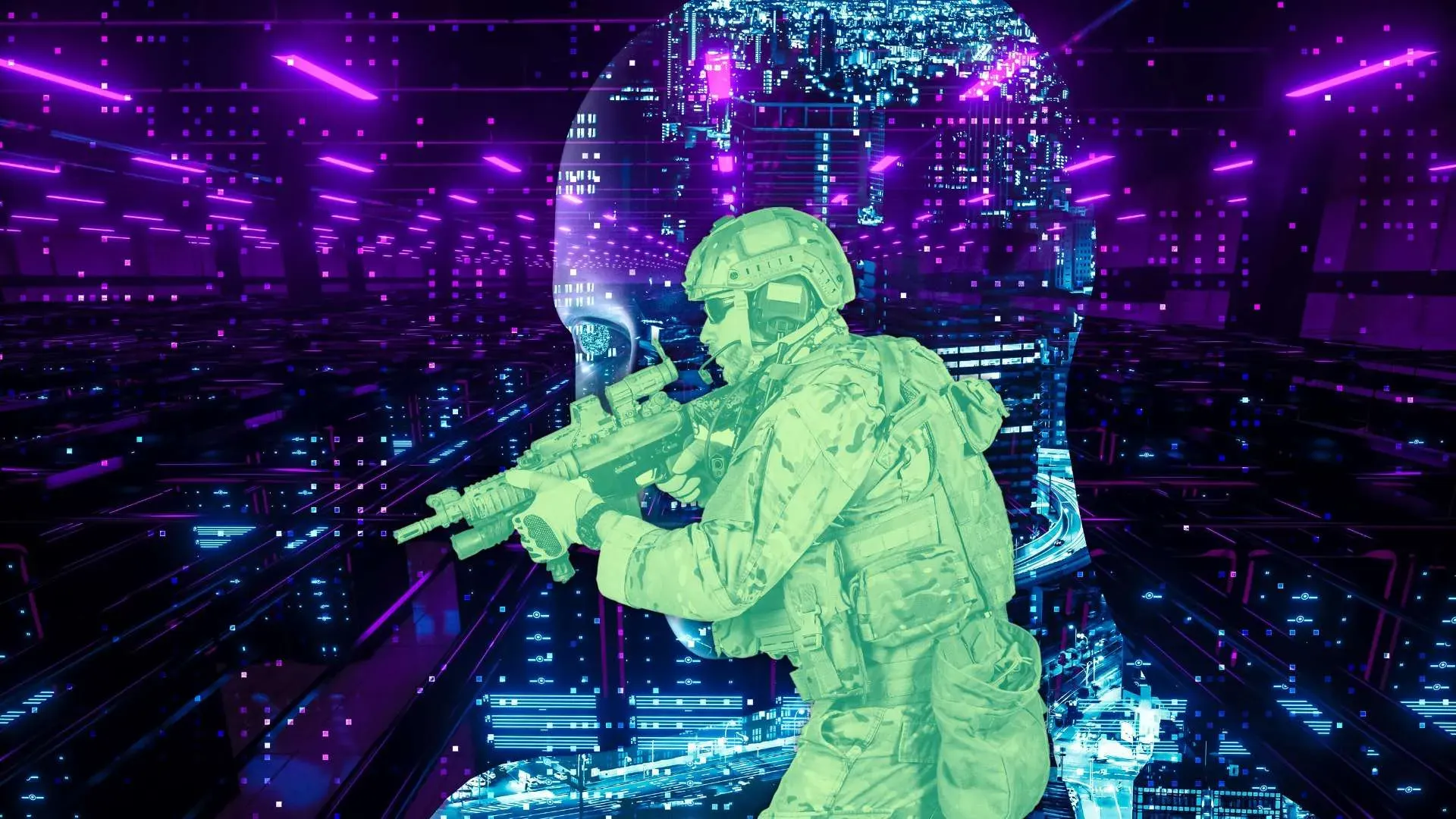🪖 A New Era in Defense Technologies
AI transforms global military defense, enhancing operations like sensor fusion, cybersecurity, and strategic simulations.

Today's Highlights
- How AI is disrupting defense technologies
- This Week On BuzzBelow - a recap on this week's topics
- In Other News - a few interesting developments we're tracking
AI has recently revolutionized military defense in America, and across the world. This transformation is reshaping the way militaries around the world prepare for and conduct warfare, particularly in the context of robotic warfare and military operations. Here's some ways defense is being changed by AI:
Sensor Fusion
Sensor fusion combines data from multiple sensors to improve system accuracy and reliability. In military robotics, sensor fusion integrates inputs from cameras, infrared sensors, radar, and LIDAR (Light Detection and Ranging) to create a comprehensive understanding of the environment. This is crucial for navigation and target identification in complex terrains. Lockheed Martin uses sensor fusion in their F-35 Lightning II fighter jet. The aircraft's avionics and sensor systems combine radar, cameras, and other sensors to provide pilots with a comprehensive view of the battlefield, enhancing situational awareness and target identification.
Cybersecurity
Automated Vulnerability Assessments utilize AI algorithms that can scan defense networks and systems for vulnerabilities, much faster and more thoroughly than human operators. Booz Allen Hamilton offers cybersecurity services that include automated vulnerability assessments using AI. They help military and government clients identify and rectify security weaknesses in their networks and systems.

Advanced Simulations and War Games
AI algorithms are increasingly used to simulate complex battle scenarios, allowing for more effective training and strategic planning. These simulations use advanced game theory and predictive analytics to model potential outcomes of military engagements. Northrop Grumman utilizes AI-driven simulations and war games to train military personnel and plan operations. They employ advanced game theory and predictive analytics to create realistic and complex battle scenarios for strategic training and assessment.
The demand for AI in military operations has only increased recently, with new developments in the past year such as GPT technologies. The market for AI in the military was valued at over USD 5 billion in 2022 and is expected to grow at a Compound Annual Growth Rate (CAGR) of more than 10% between 2023 and 2032. The machine learning segment accounted for the largest revenue share (26.0%) in 2022. AI's role in defense and security is rapidly evolving, offering transformative capabilities for military operations. As AI continues to advance, it will be crucial for policymakers and military leaders to navigate these complexities responsibly.
This Week on BuzzBelow


In Other News


/cdn.vox-cdn.com/uploads/chorus_asset/file/20790706/acastro_200730_1777_ai_0001.jpg)




